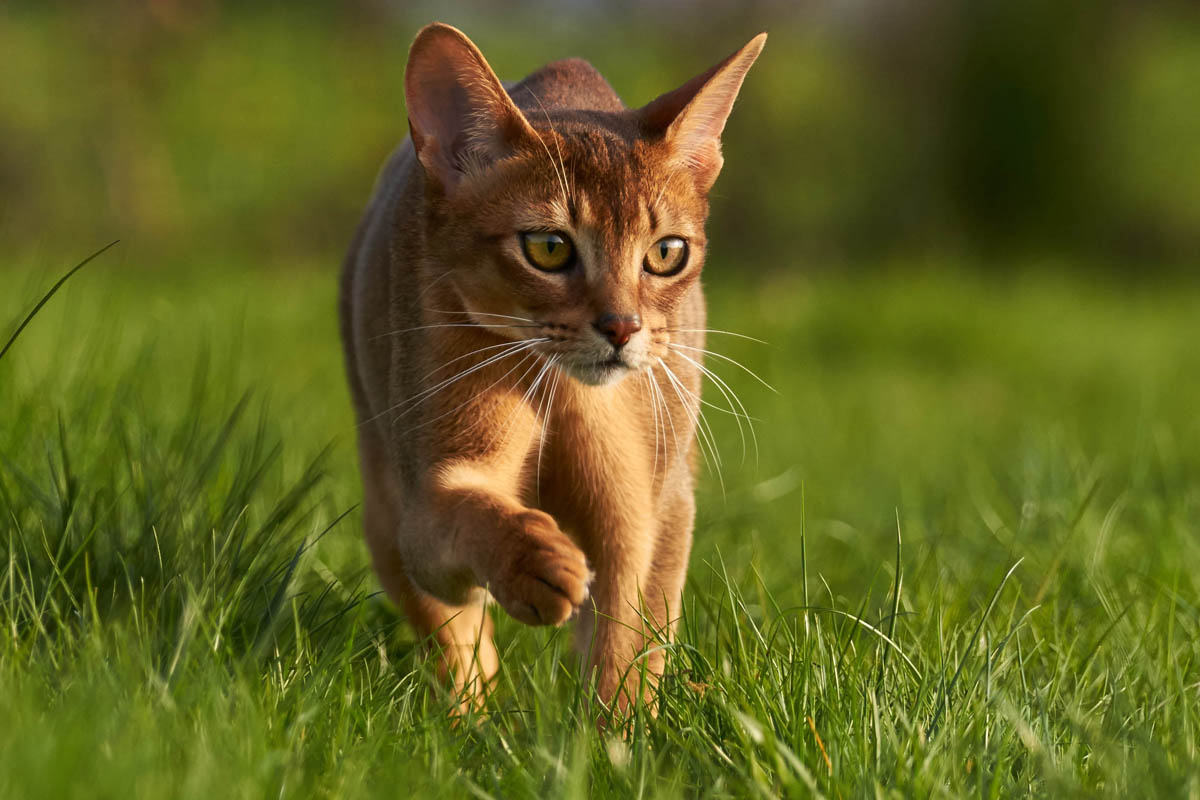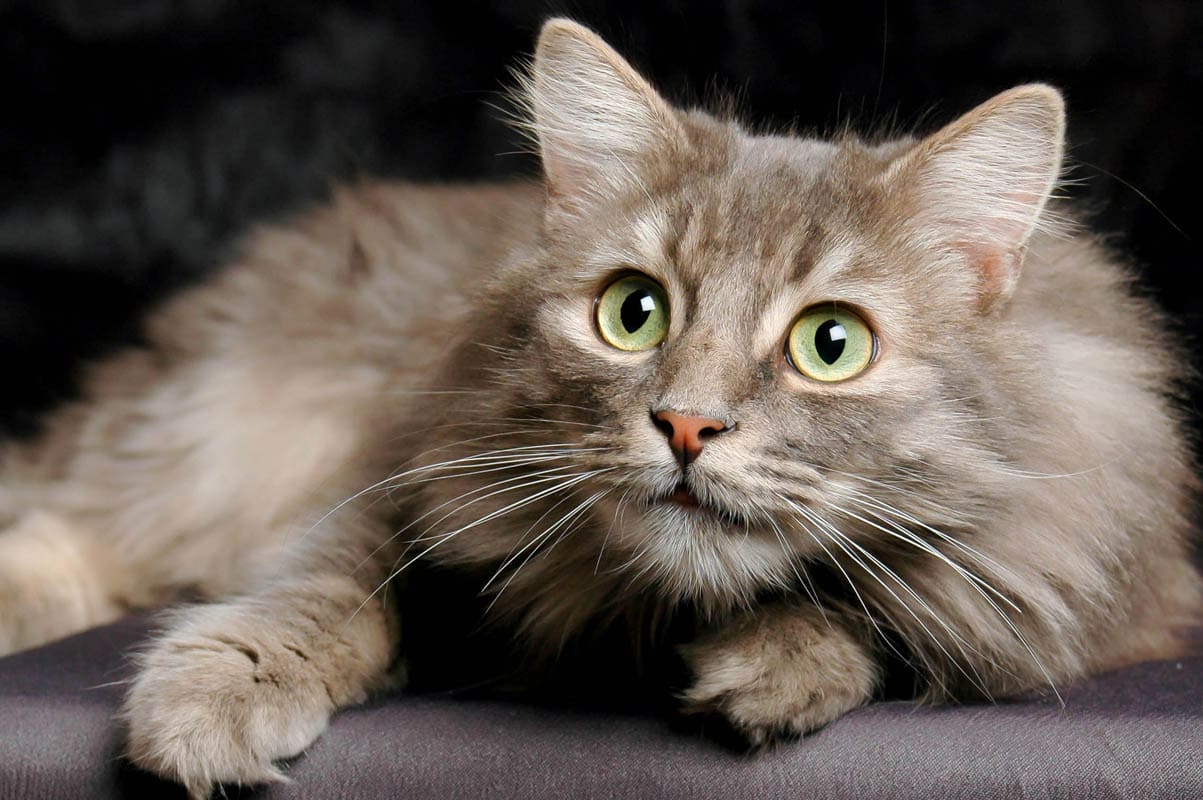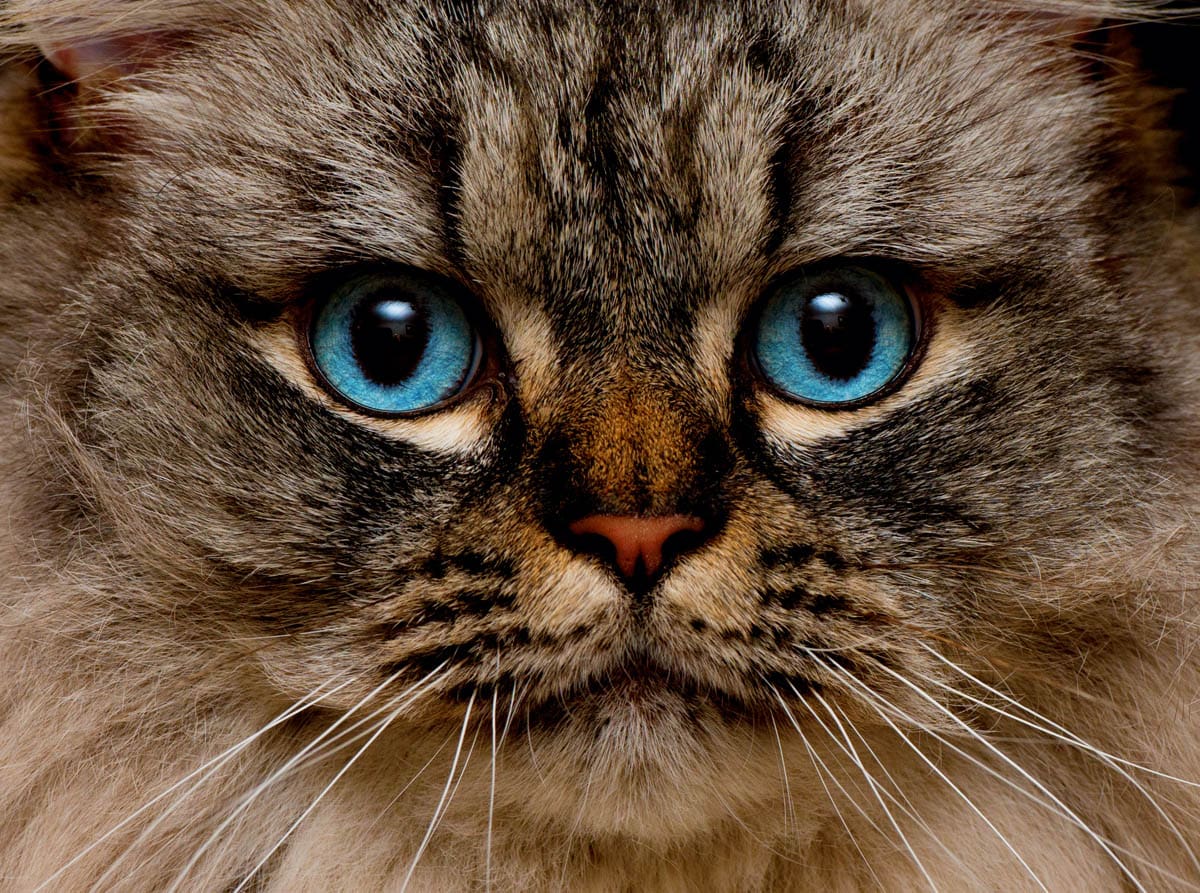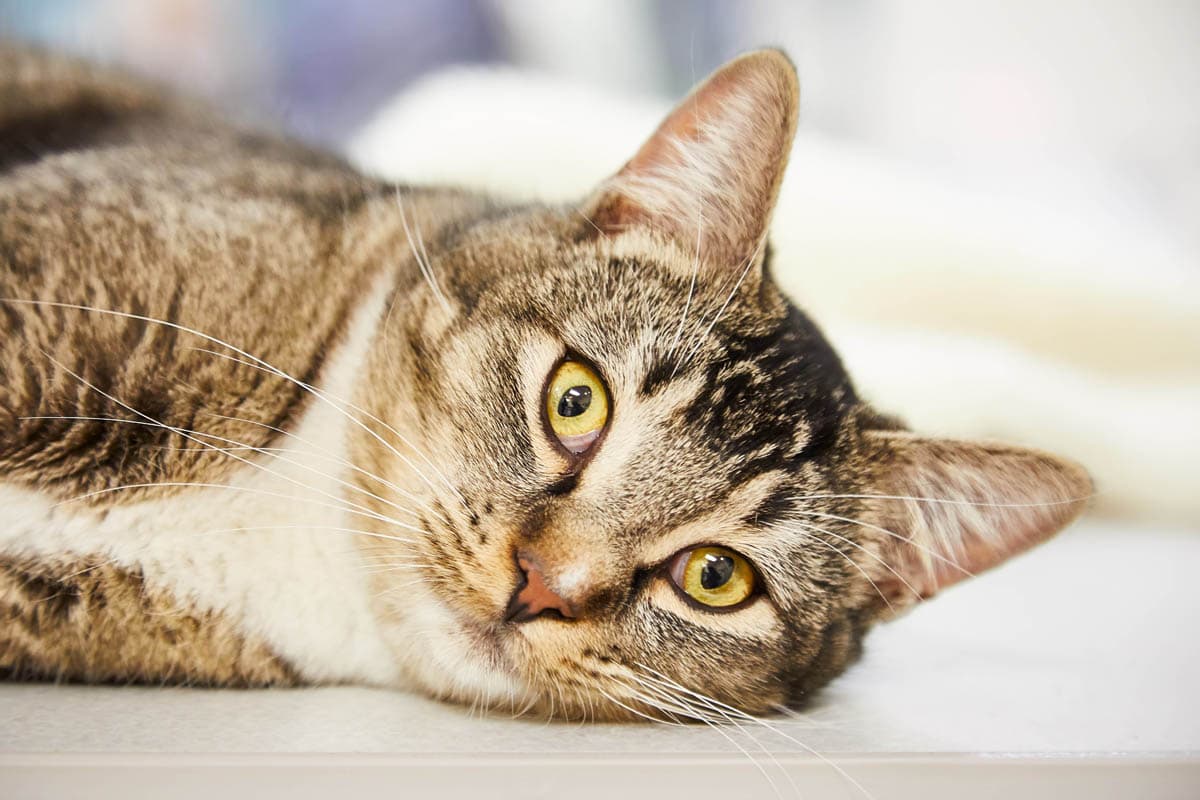What is a cruciate ligament rupture?
The cruciate ligament is a pair of ligaments that form an X shape within the knee of the hind leg. These ligaments attach the femur (thigh bone) with the tibia (shinbone), the long bones above and below the knee joint (which is known as the stifle joint in quadruped/four-footed animals).










